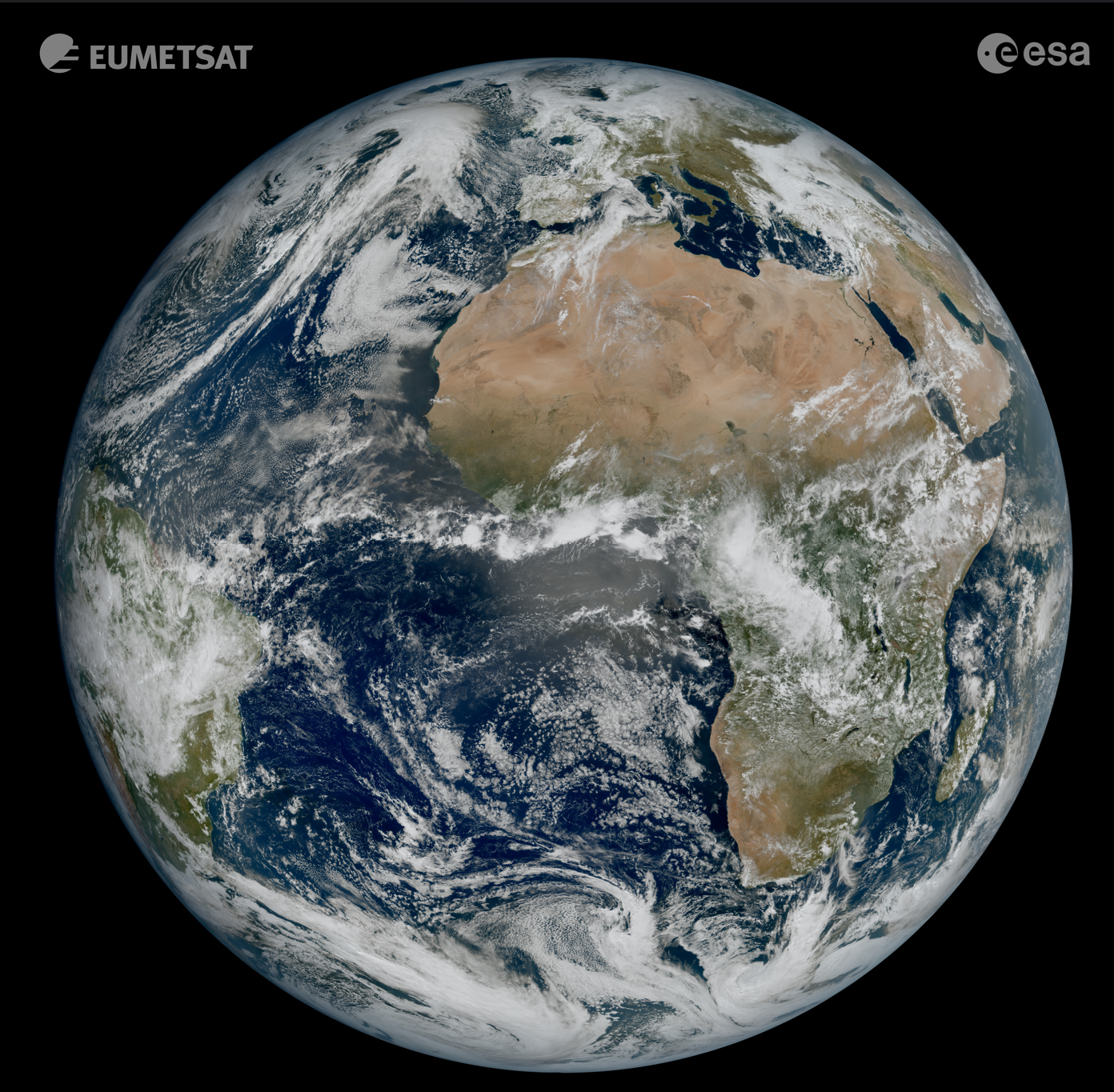Speaker
Description
Rocket launches have clear local impacts on atmospheric composition as well as on global climate, and the number of launches to Low Earth Orbit (LEO) from space agencies and commercial space activities are projected to greatly increase over the next few decades. Better understanding of the broader impacts on air quality, stratospheric ozone, and global climate, under plausible frequency and technological scenarios, including reusable rockets, are essential to fully appreciate their potential effects. Depending on the future path of space exploration and utilization, the global rate of orbital launches is projected to accelerate and include an increasing number of heavy lift launch vehicles, which would result in much higher rocket engine emissions. Spaceflight is largely unregulated, a situation that could change in the future as the rate of launch emissions increases. Detailed studies of the impacts of emissions from all phases of space flight, from launch to reentry and in all layers of the Earth’s atmosphere, are necessary.
We have studied the impact of a range of launch scenarios and pollutants in the atmosphere, using two climate models: GISS ModelE, and CESM WACCM. The two models produce very robust results in terms of the climate effects of rocket launches in the future atmosphere, which provides additional confidence to our findings. We simulate a very consistent climate signal of increased stratospheric water vapor due to the warming effect rocket-induced black carbon (BC) has on tropopause temperatures, which allows water to leak from the troposphere to the extremely dry stratosphere. Additional impacts on ozone and other greenhouse gases like methane, as a result of the changed photochemistry due to the enhanced water vapor in the stratosphere, are also identified. Payload-specific launch scenarios, including those guided by current projections from private space flight companies, on top of the ones studied thus far, are also under development

